When it comes to lower body strength, few muscle groups are more important—or more neglected—than the glutes and hamstrings. Whether you're training for athletic performance, everyday function, or simply looking for a better backside, using a dedicated machine for glutes and hamstrings can fast-track your progress.
Why Train Glutes and Hamstrings Together?
The glutes and hamstrings work as a team. From sprinting and squatting to climbing stairs or lifting groceries, these posterior chain muscles are responsible for hip extension, power generation, and overall stability. Strengthening both muscle groups improves posture, reduces injury risk, and enhances athletic performance. Ignoring either one leads to muscle imbalances, tight hip flexors, and potential back pain.
What Makes a Good Glutes and Hamstrings Machine?
A quality glutes and hamstrings machine should do more than isolate a single muscle. It should offer controlled movement, adjustable resistance, and multi-joint engagement. Here’s what to look for:
-
Biomechanical alignment: The machine should allow your hips and knees to move naturally, preventing unnecessary strain.
-
Adjustability: Height, foot placement, and resistance settings matter. Everyone’s body is different.
-
Stability: You need a secure frame and support to drive force safely through your posterior chain.
-
Versatility: Ideally, one machine can target both glutes and hamstrings through different angles and movement patterns.
Common types include seated or lying leg curl machines (for hamstrings), hip thrust machines (for glutes), and hybrid leg press or kickback stations that train both dynamically.
My Experience: Turning Things Around With One Machine
A few years ago, I hit a plateau. My squats were strong, but my lower back kept flaring up. A coach recommended that I isolate my glutes and hamstrings using a combo machine designed for both. I was skeptical—how could one machine fix what months of training didn’t?
The difference was immediate. By removing compensations (like overusing quads or arching my back), I finally connected with my posterior chain. Within a few weeks, my hip thrusts felt smoother, my running stride improved, and my chronic lower back pain faded. It wasn't about lifting 1,000 pounds—it was about targeting the right muscles the right way.
Ideal for Home or Commercial Use
A modern glutes and hamstrings machine doesn’t have to be massive. Some models fit in compact home gyms, offering a space-efficient solution for serious lower body training. If you're running a gym, a main machine for these muscle groups is essential—especially as more members look beyond the basics for full-body results.
For instance, some machines let you perform over 54 different variations of hip extension, curls, bridges, and kickbacks with one platform. These all-in-one setups deliver unmatched value while reducing equipment clutter.
Final Thoughts
Training glutes and hamstrings separately is useful—but training them together, on a machine built for synergy, delivers better results faster. If your current routine feels unbalanced, or you’re stuck in a squat-only rut, investing in a glutes and hamstrings machine might be the breakthrough your body needs.

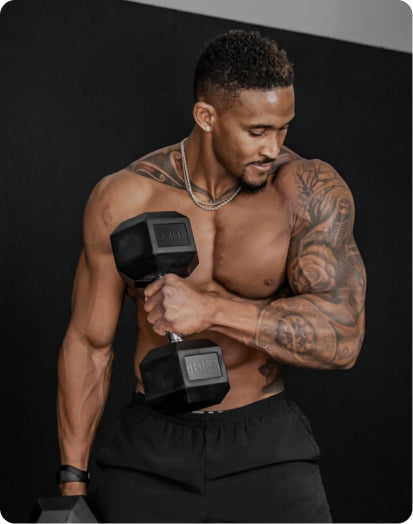
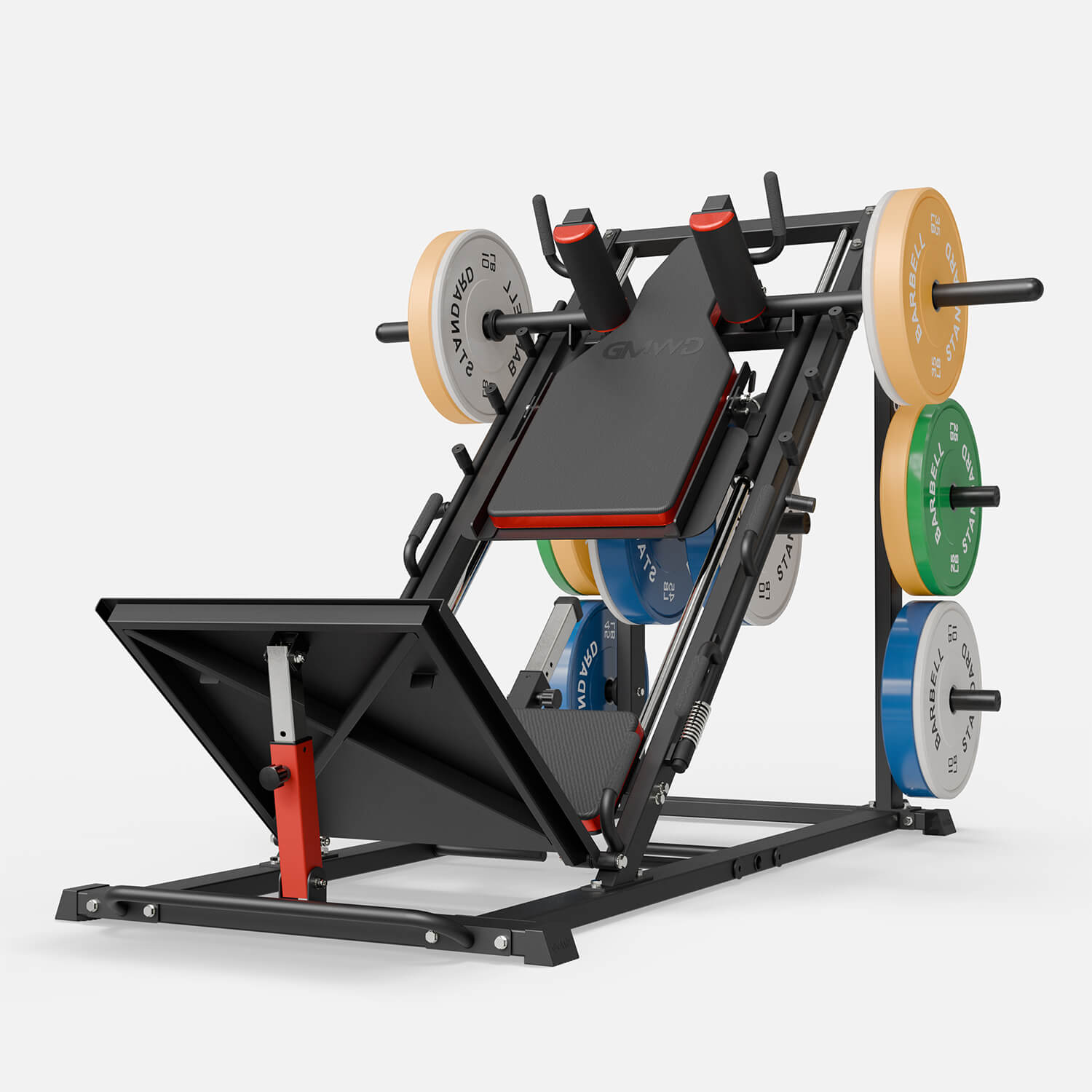

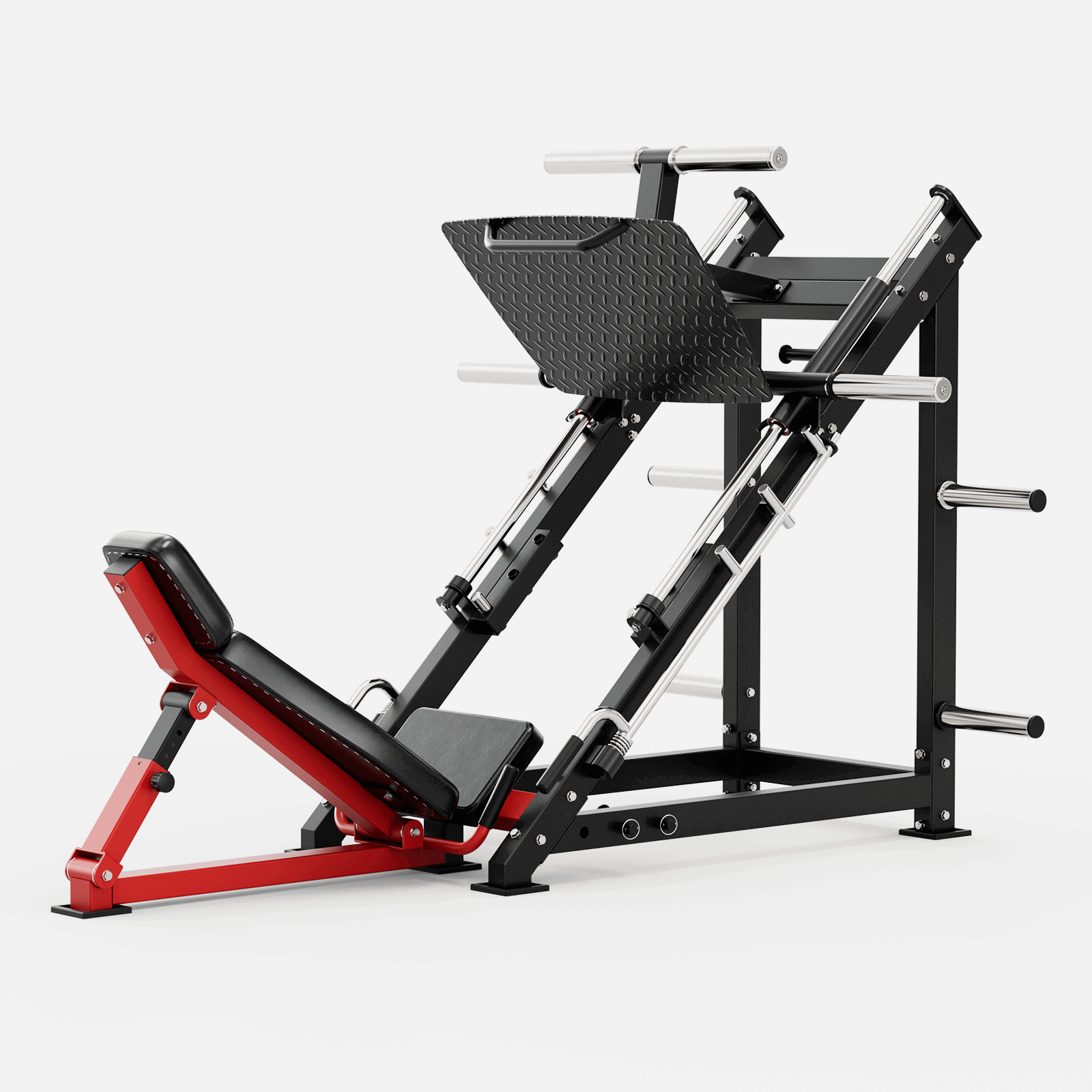
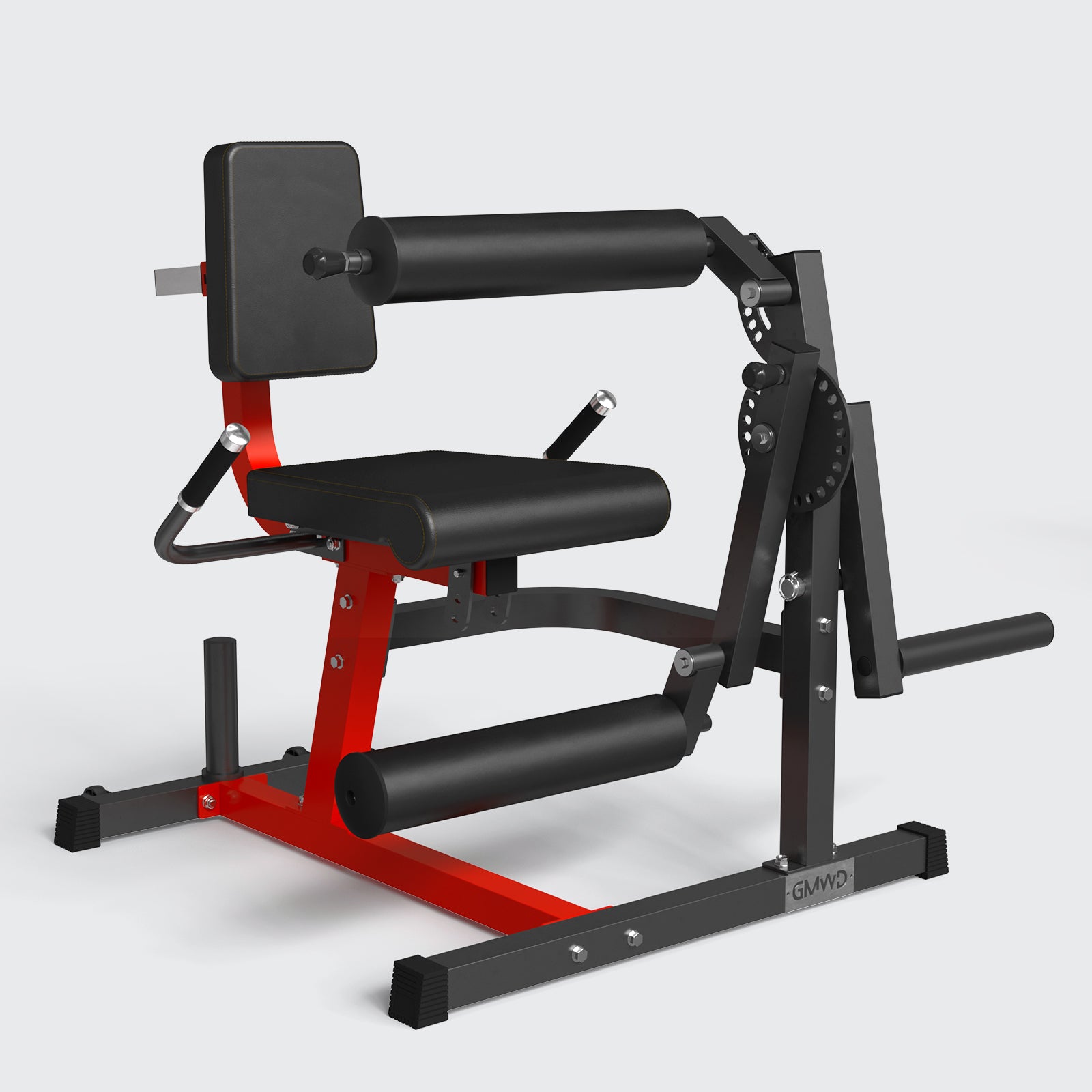
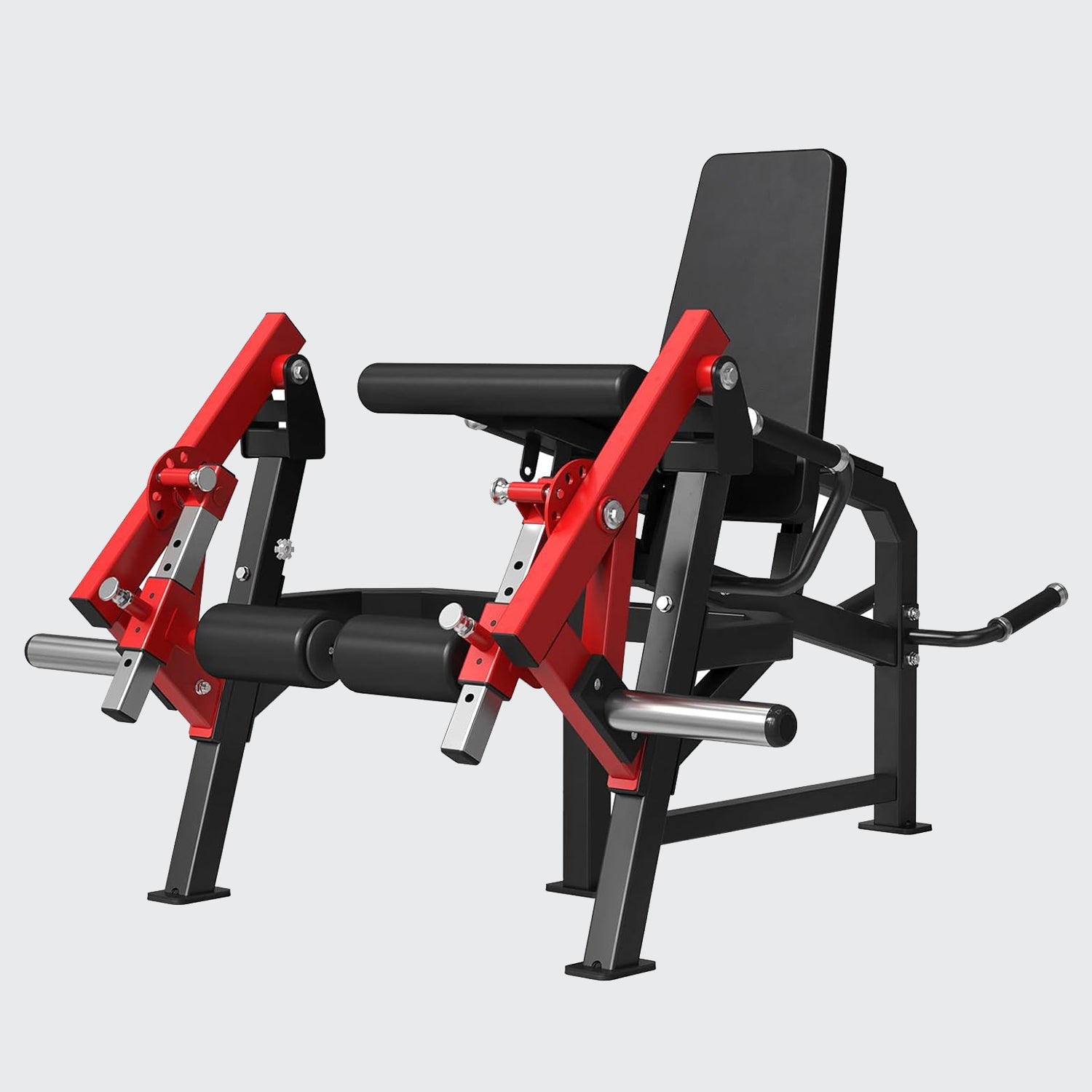
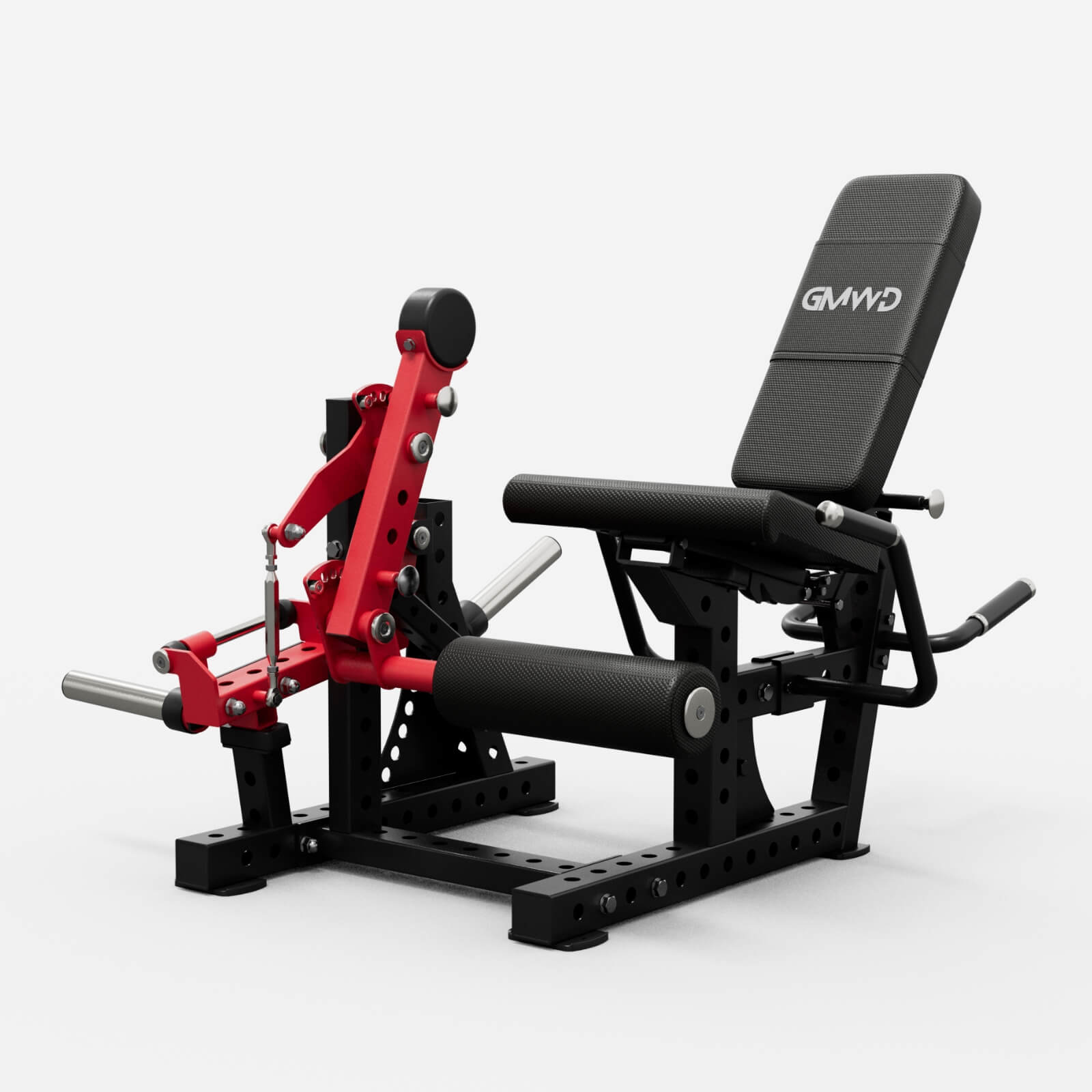
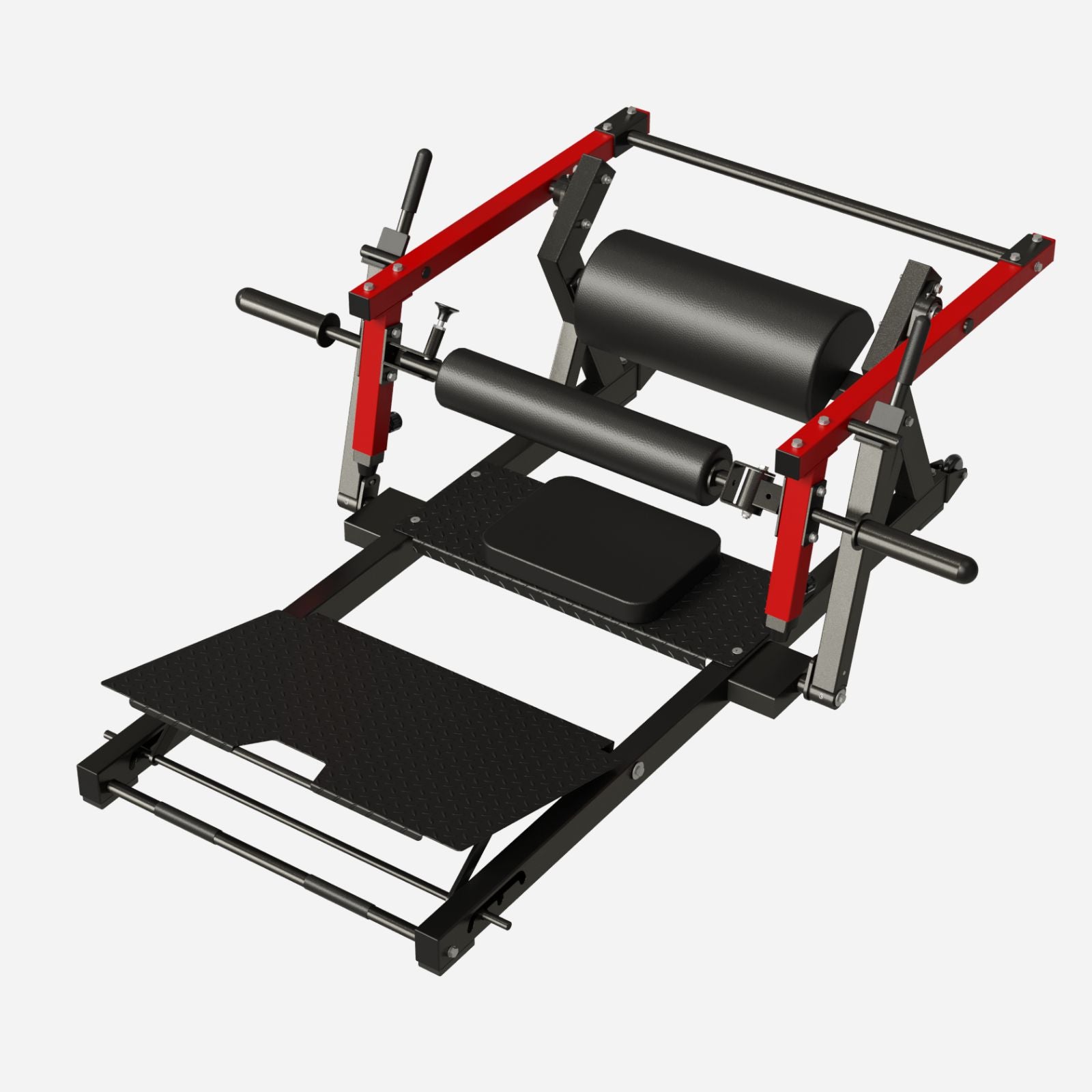
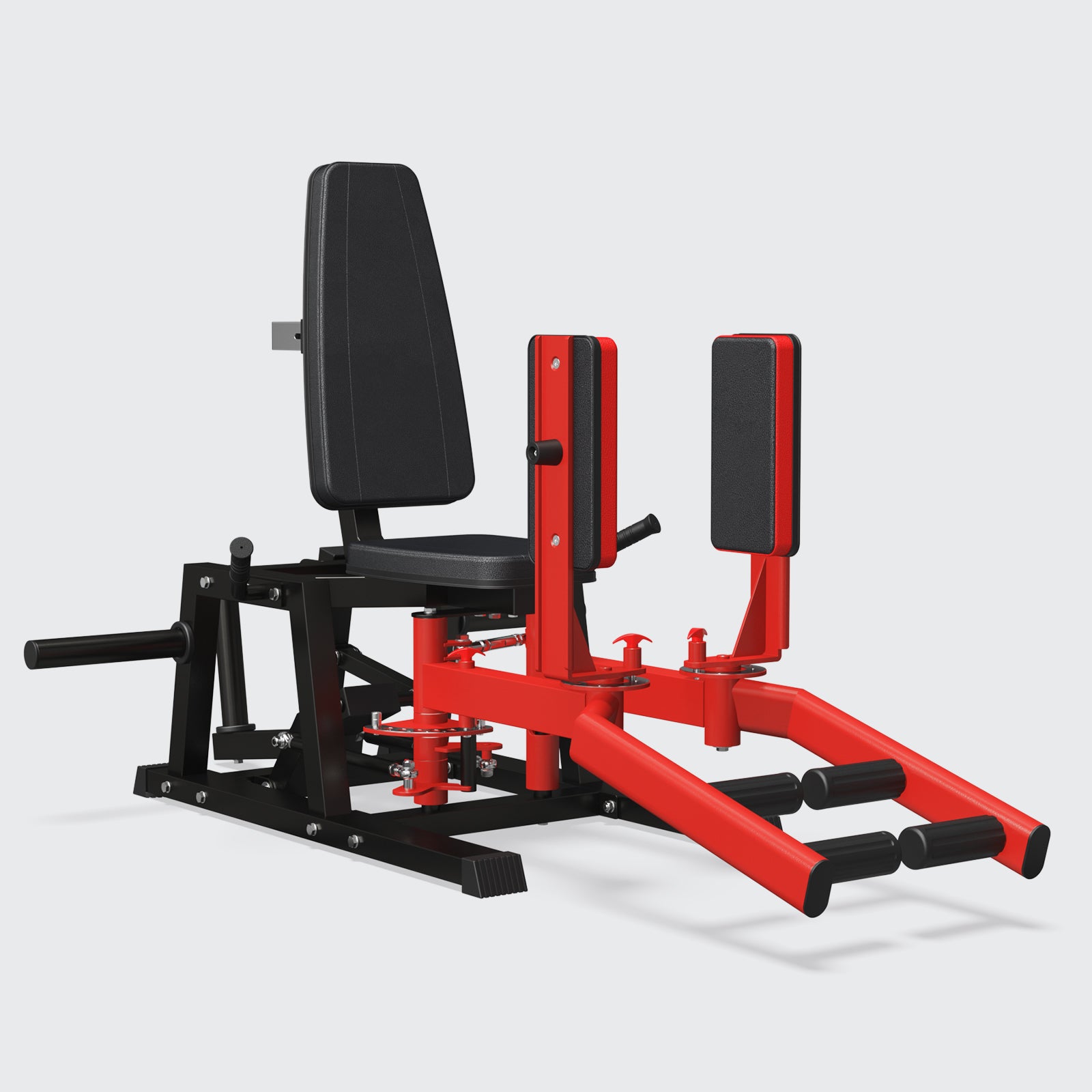


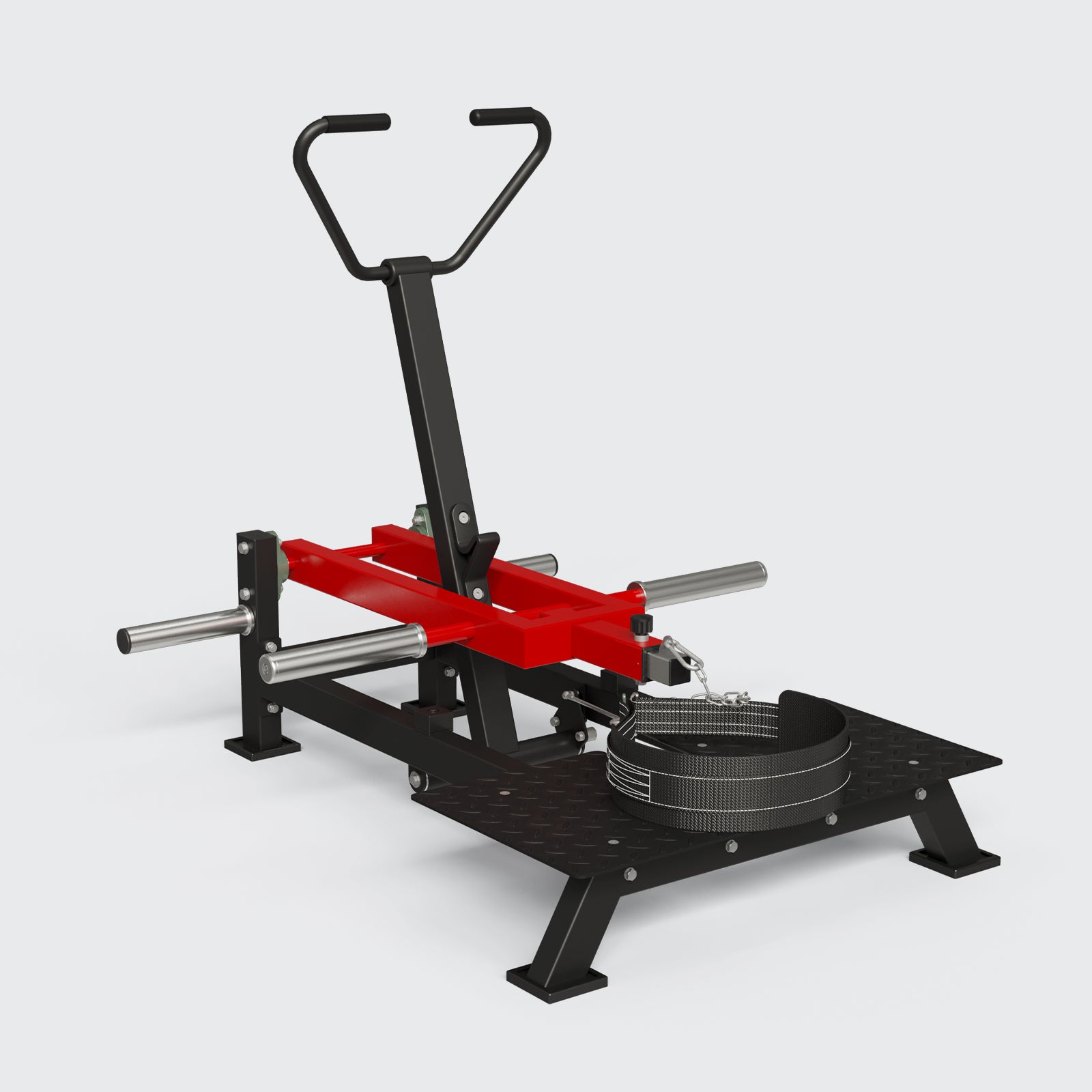
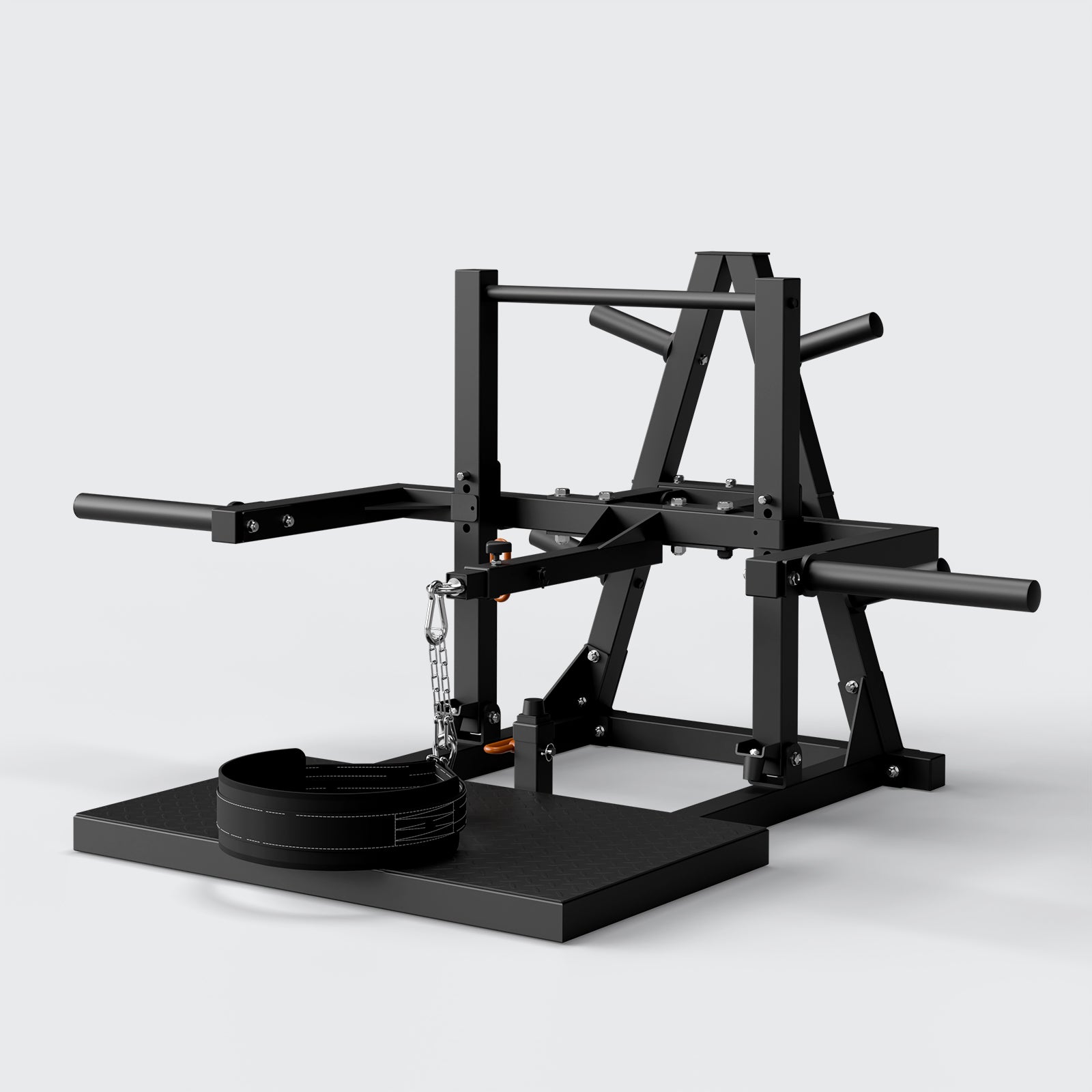

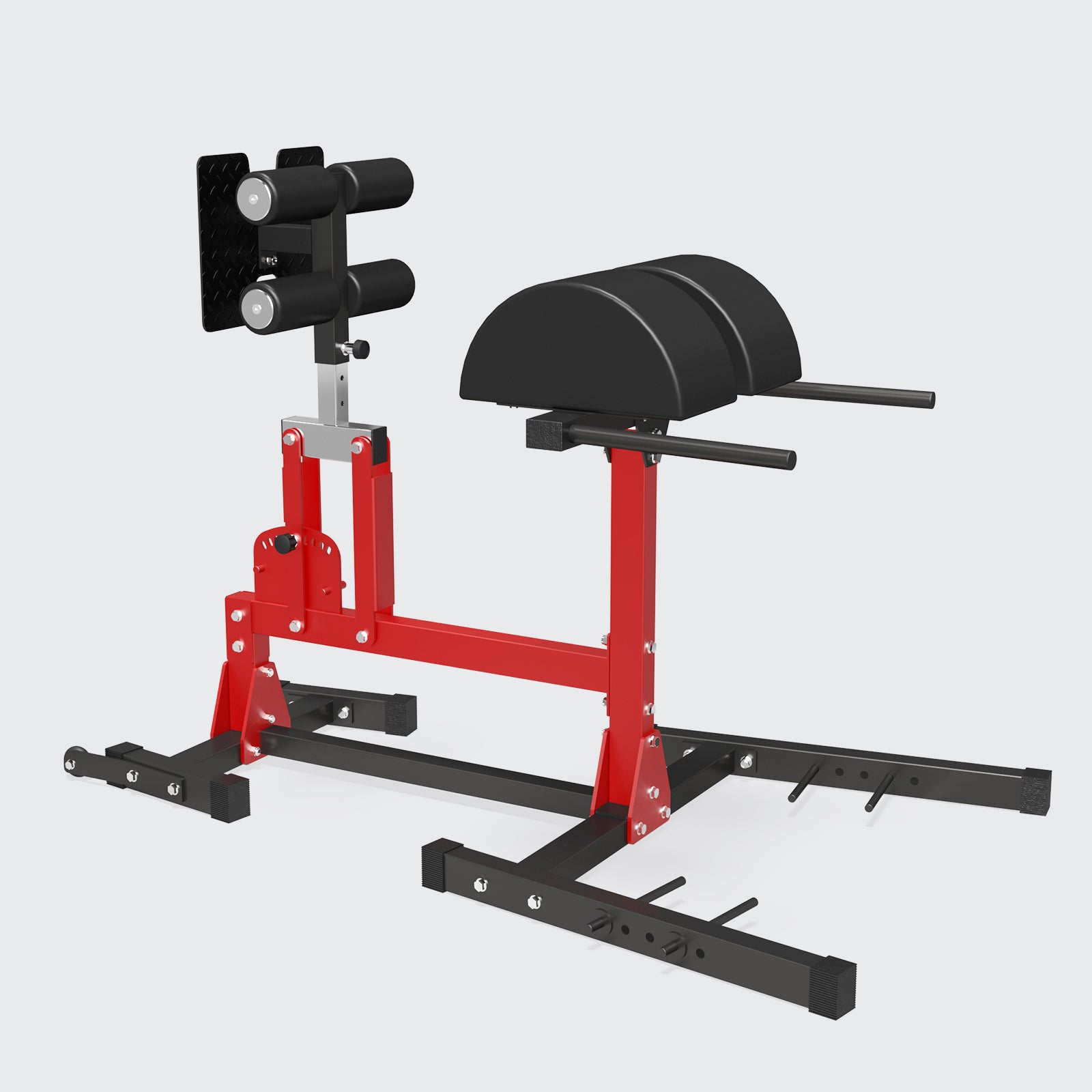

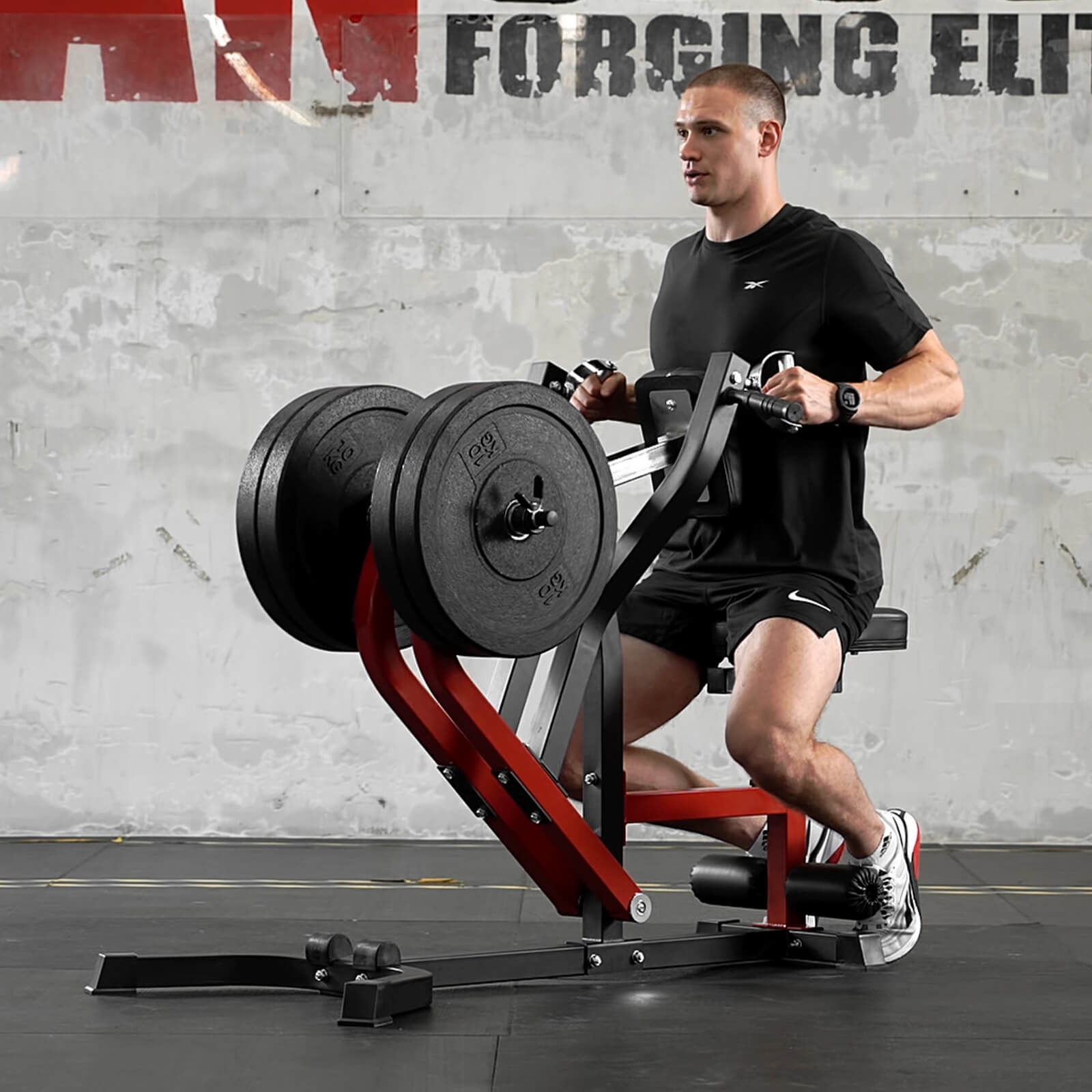
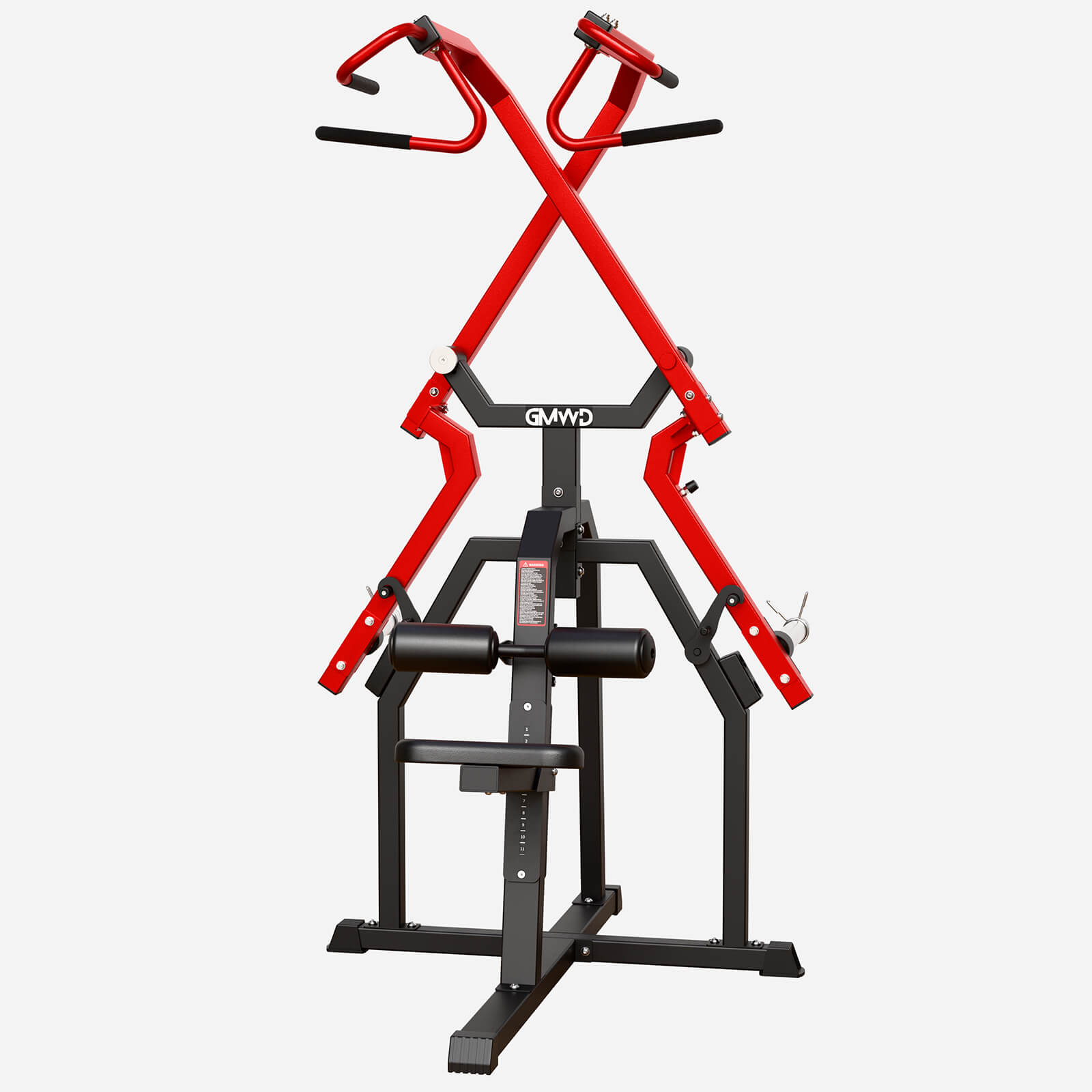
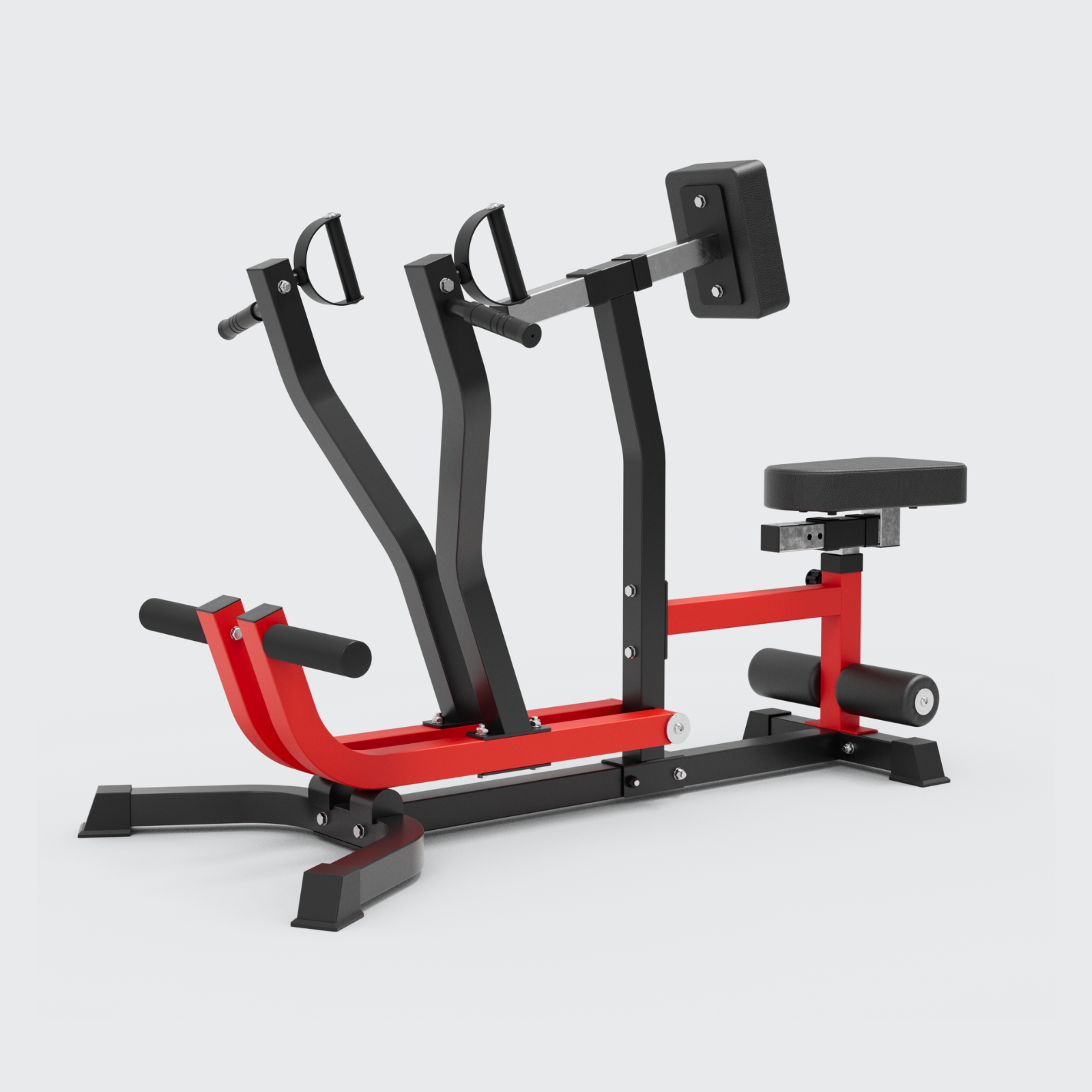
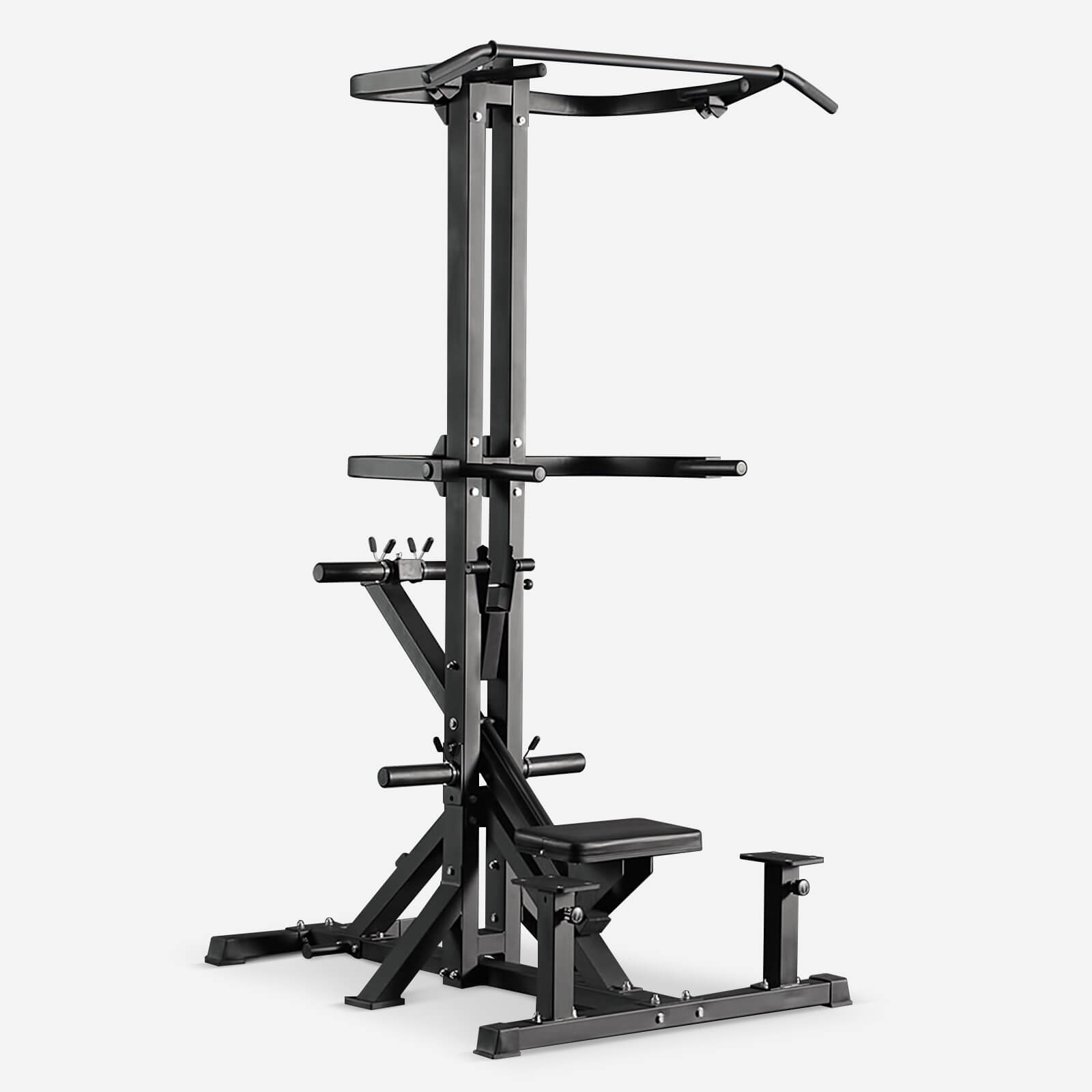

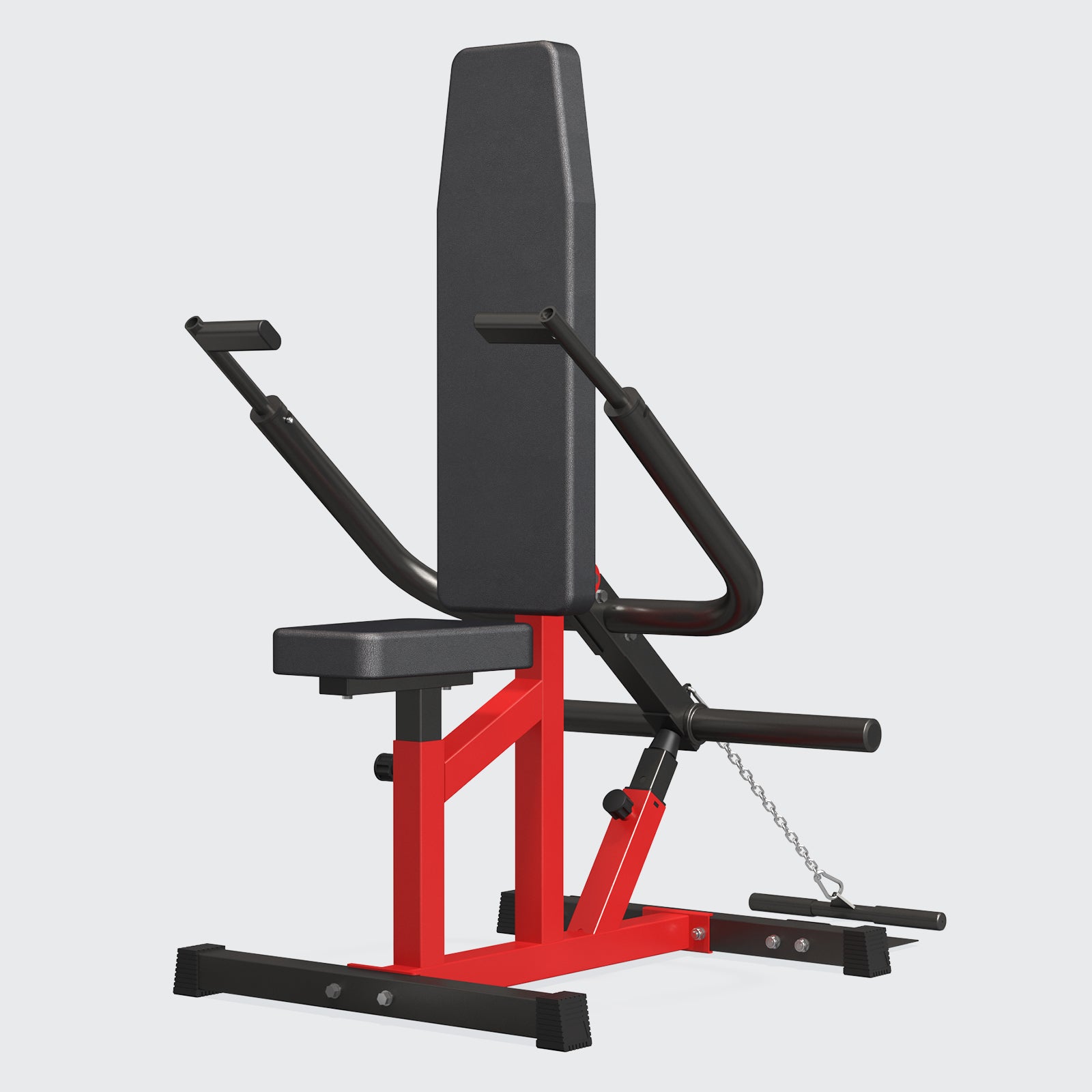
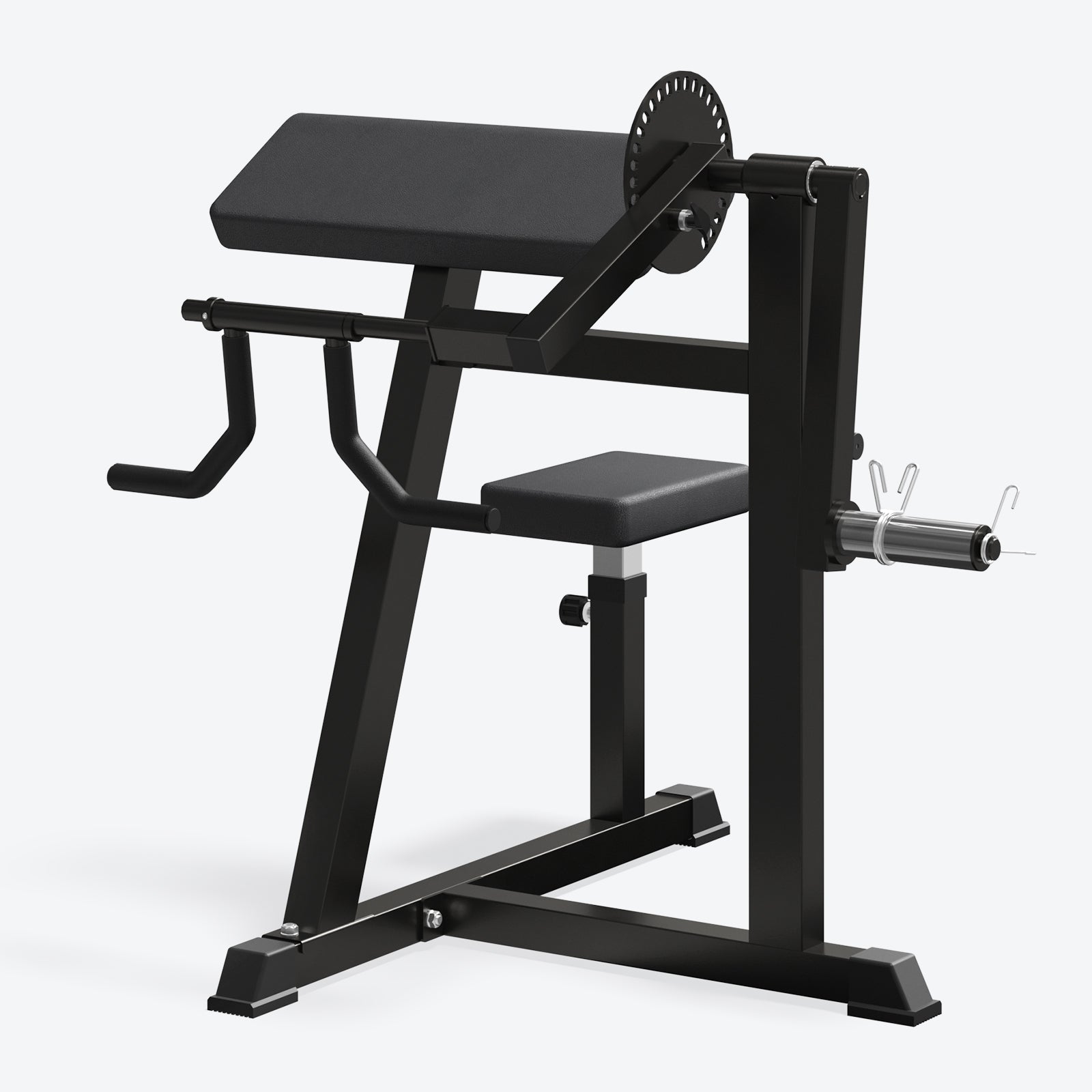
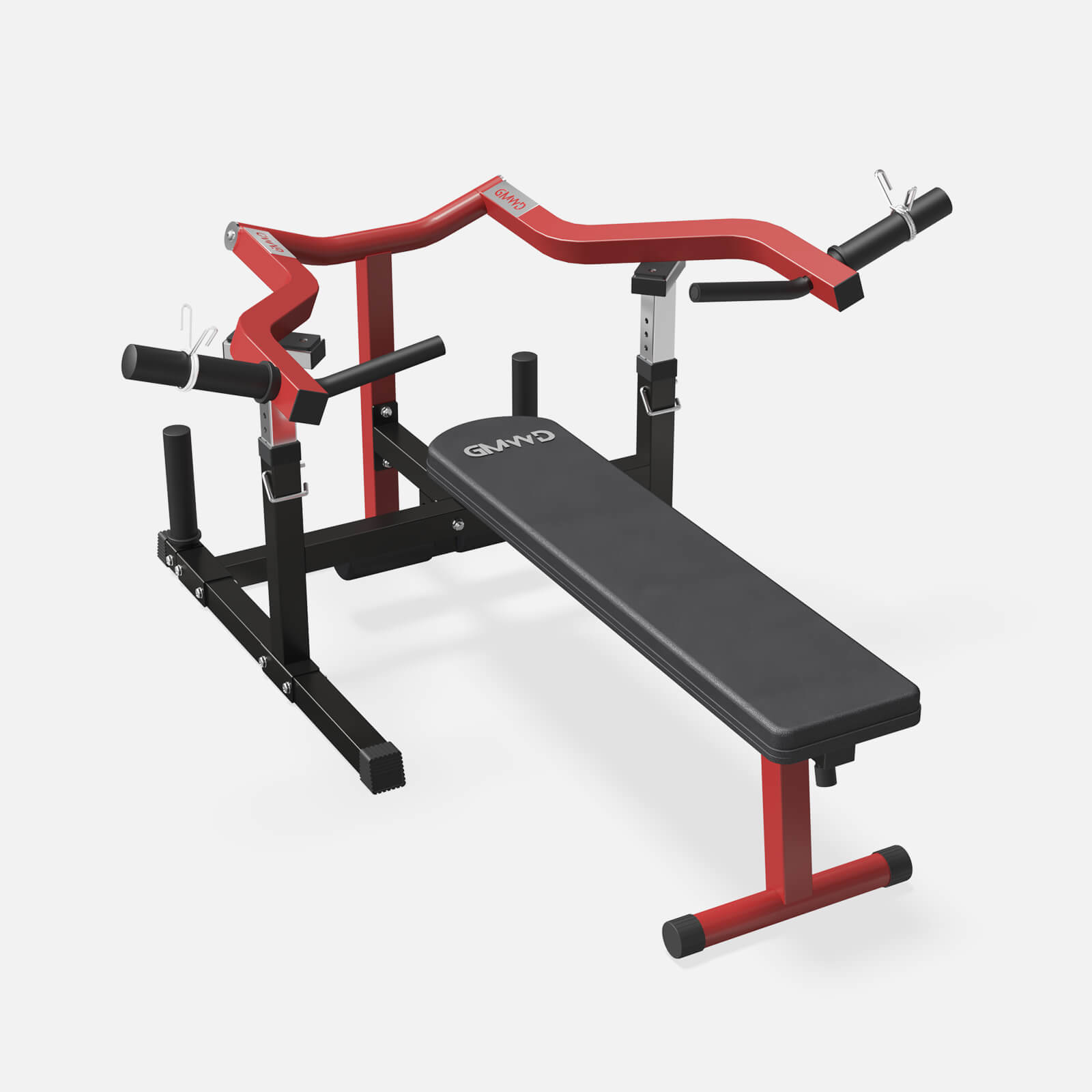
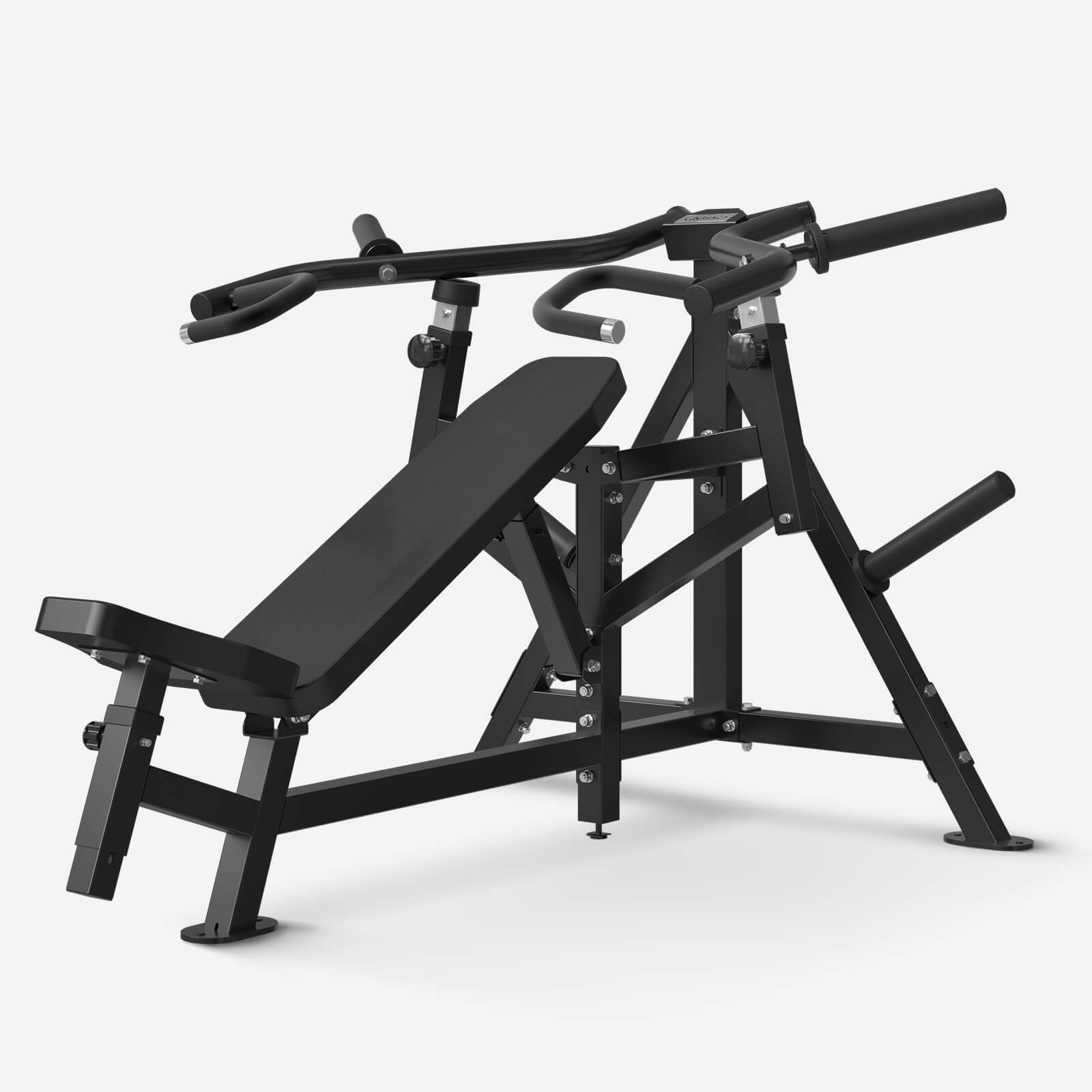
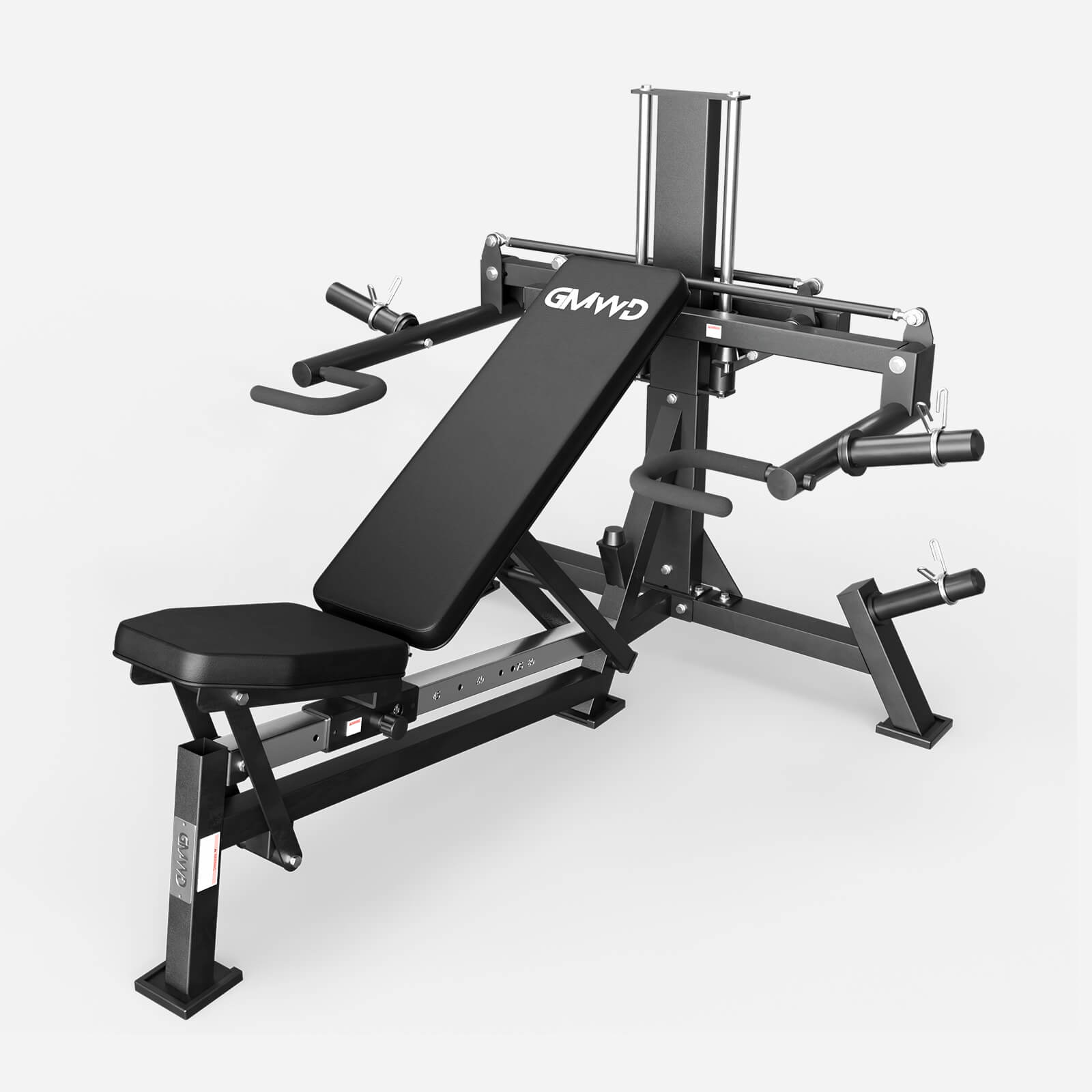
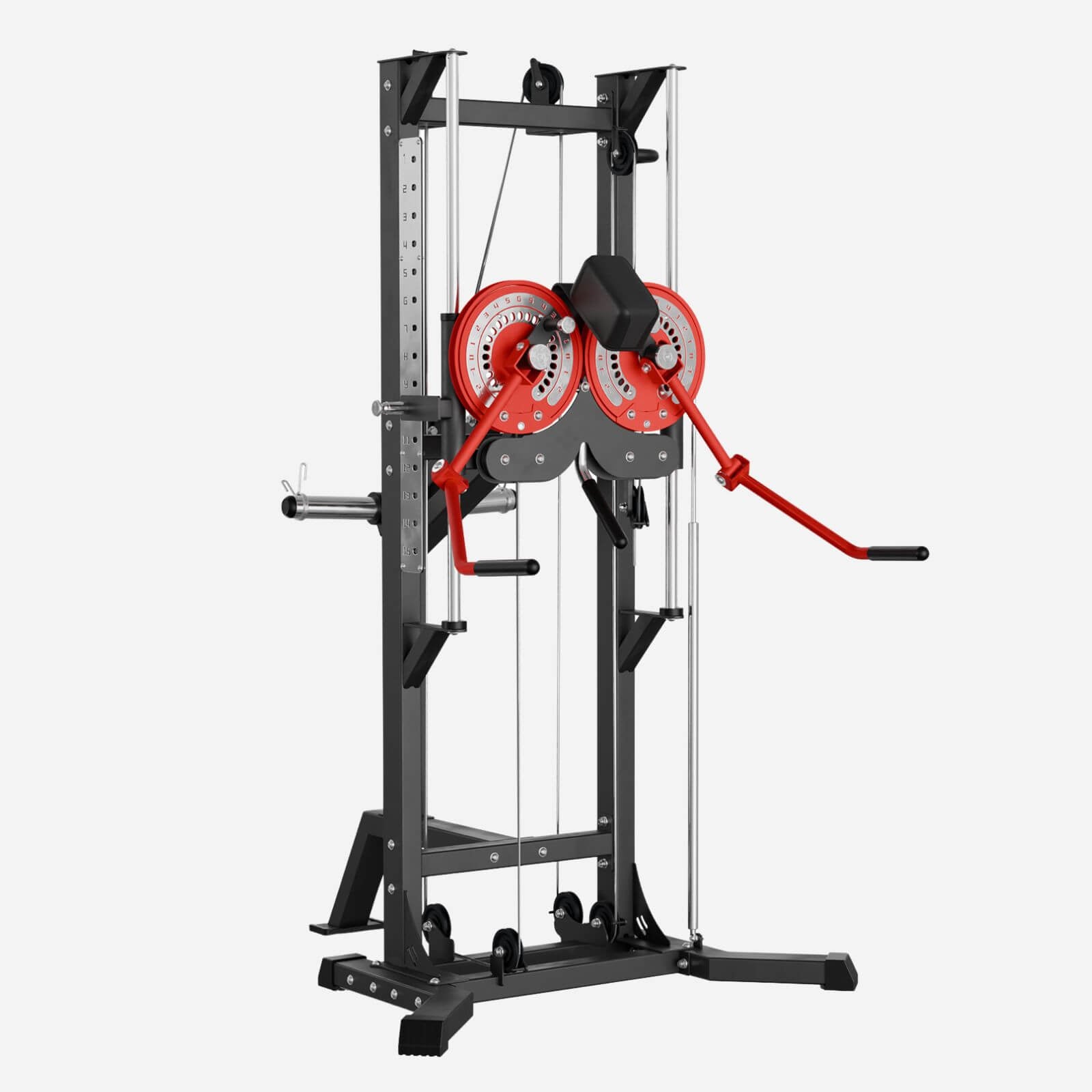

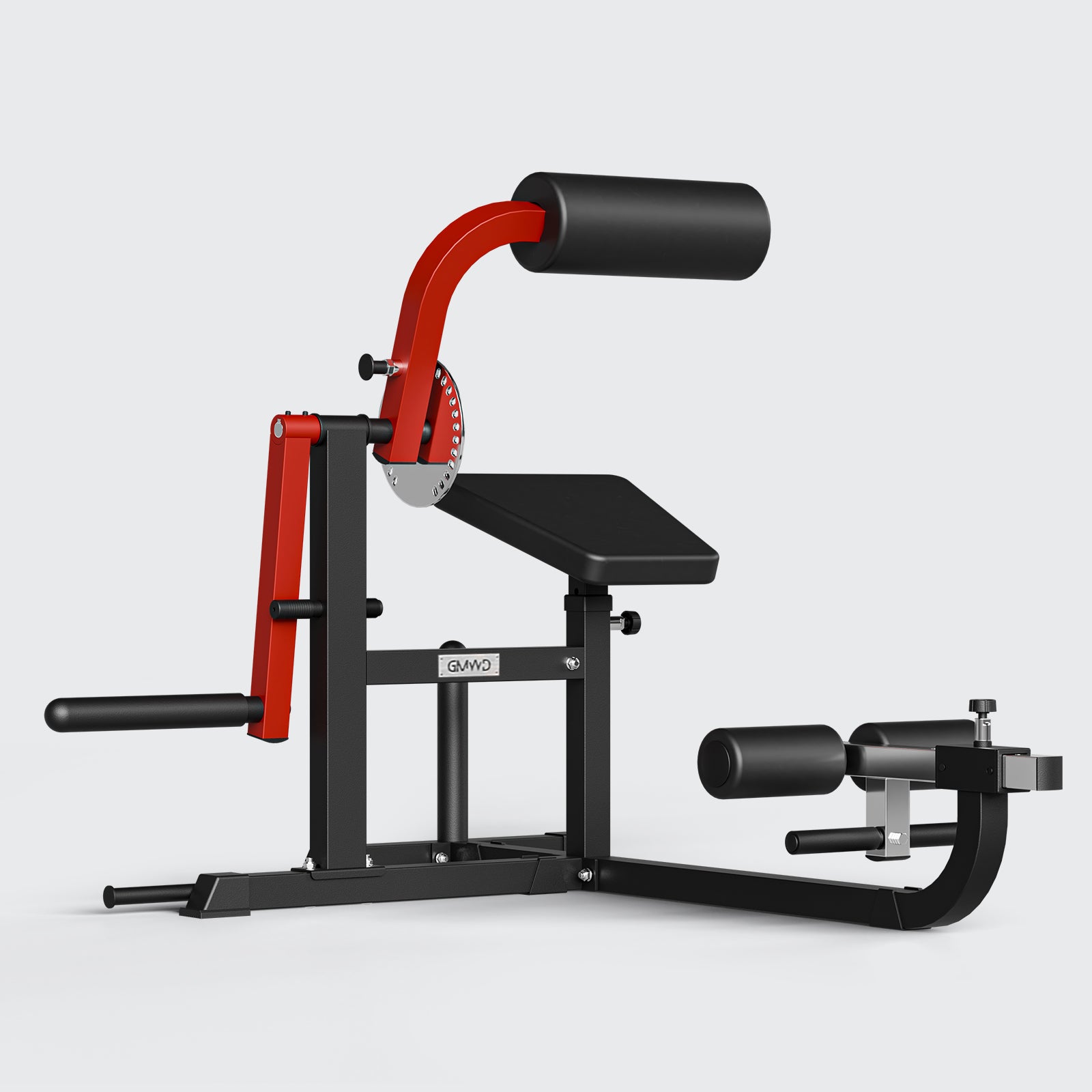
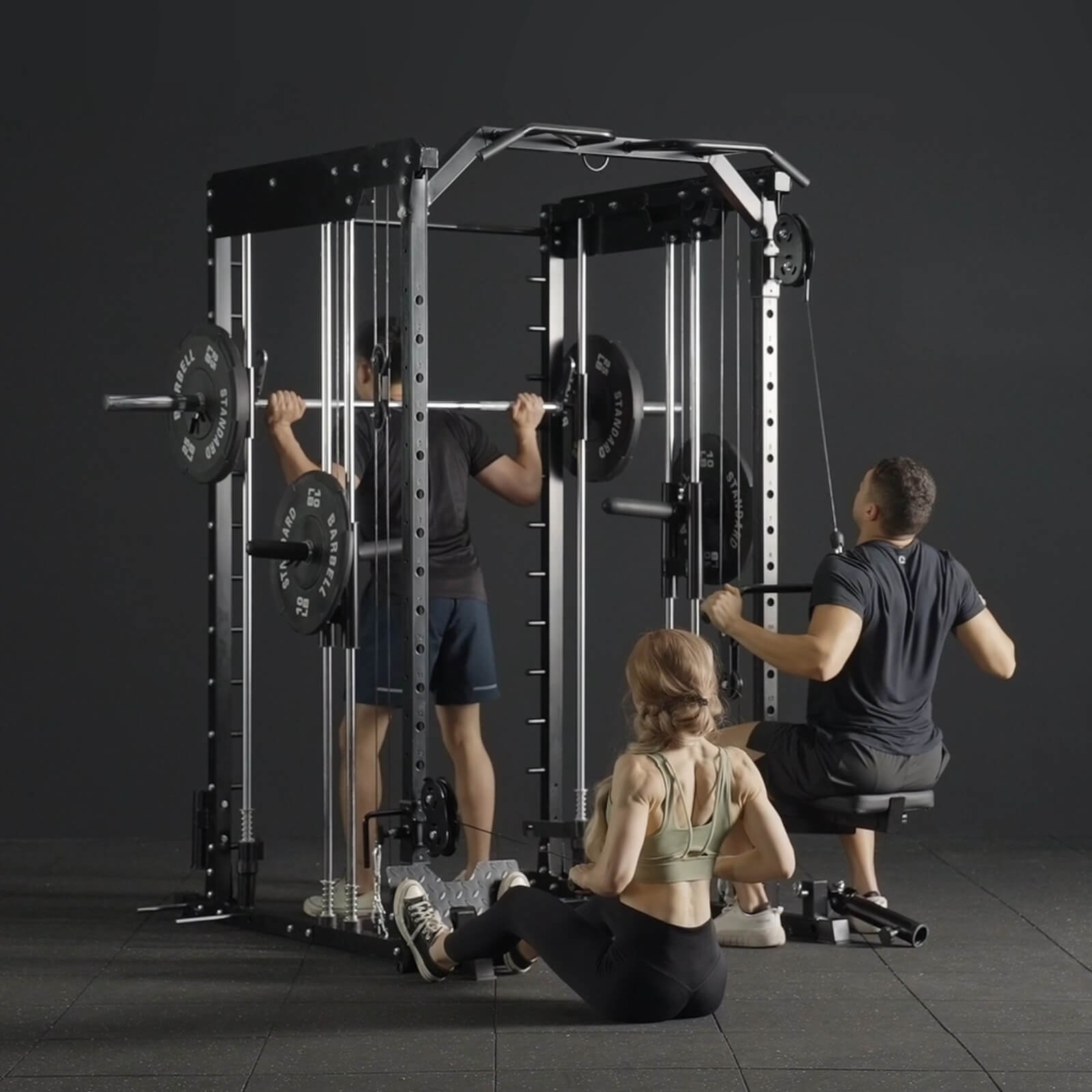
Leave a comment
All comments are moderated before being published.
This site is protected by hCaptcha and the hCaptcha Privacy Policy and Terms of Service apply.